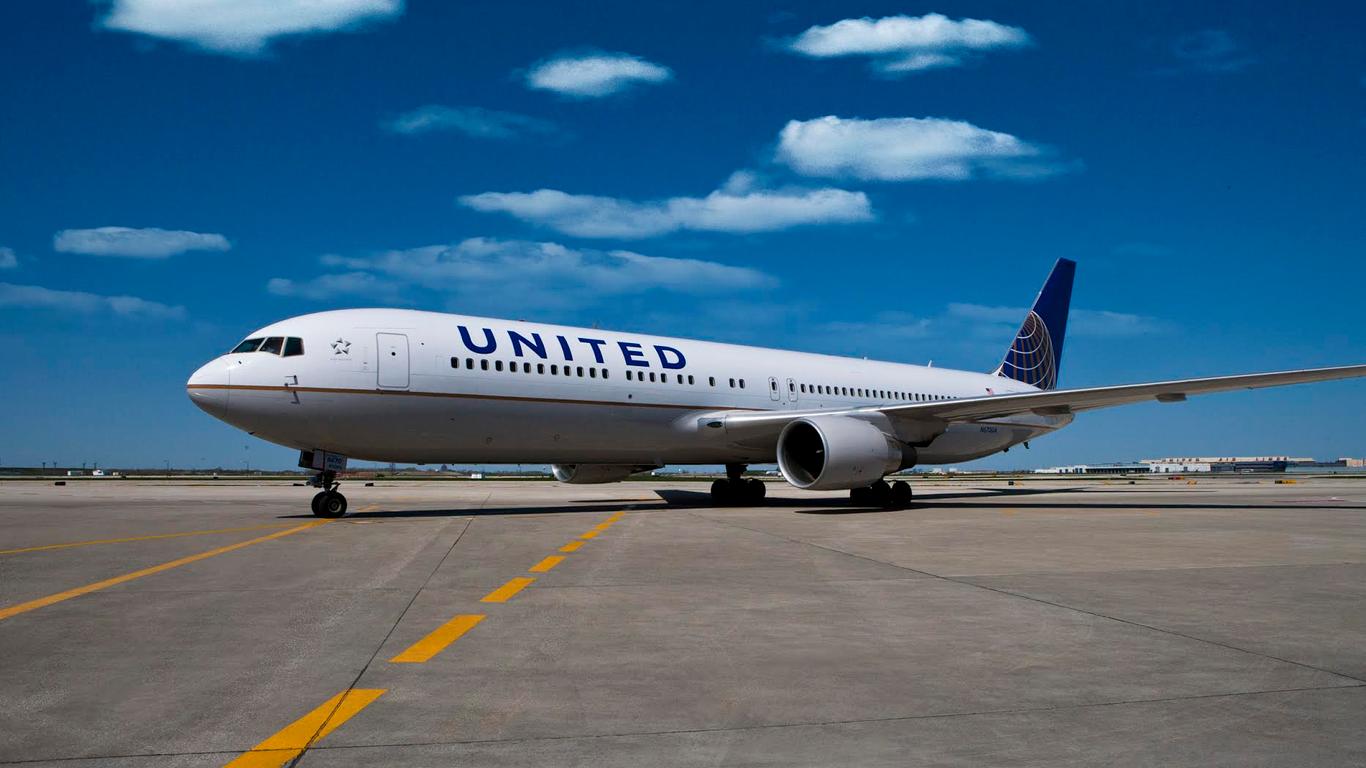When Plans Change: The Story of the United Airlines Flight UA770 Emergency Diversion
For most travelers, boarding a flight means expecting to land at your intended destination, on time, without surprises. But sometimes, life in the skies doesn’t follow the script. That’s exactly what happened on the day of the United Airlines Flight UA770 emergency diversion — an unexpected event that left passengers rerouted, grounded, and retelling the story long after their journey ended.
In this article, we’ll explore what happened, why diversions like this take place, and what it means for passengers when their plane makes an unscheduled landing.
A Flight That Didn’t Go as Planned
The story of the United Airlines Flight UA770 emergency diversion began as any other routine commercial flight. Passengers boarded, found their seats, stowed their bags, and prepared for what they assumed would be an ordinary trip. But mid-flight, something changed.
An announcement from the cockpit came over the speaker system, informing passengers that due to unforeseen circumstances, the plane would not be heading to its original destination. Instead, they were diverting to a different airport.
Though some passengers exchanged confused glances while others immediately reached for their phones to check the flight map, the cabin crew stayed composed, explaining what little they could while reassuring everyone on board. And just like that, a simple journey turned into a story no one on the flight would soon forget.
What Causes an Emergency Diversion Mid-Flight?
While the exact cause behind the United Airlines Flight UA770 emergency diversion might not have been immediately revealed, there are a handful of reasons why any commercial aircraft might be forced to land at a different airport than planned.
Here are some of the most common triggers:
- Medical emergencies involving a passenger or crew member
- Technical or mechanical warnings from the aircraft systems
- Severe weather conditions either en route or at the destination
- Security threats or disturbances onboard
- Operational delays or airport closures
No matter the reason, the purpose is always the same: to protect the lives and safety of everyone onboard.
Behind the Scenes of a Diversion
When a situation like the United Airlines Flight UA770 emergency diversion occurs, the decision to divert isn’t made lightly. The pilots are in constant communication with air traffic control, the airline’s operations team, and ground services at the new destination.
Once a diversion is confirmed:
- The new flight route is calculated.
- Arrangements are made on the ground to handle the incoming aircraft.
- If medical teams are needed, they’re put on standby.
- Maintenance crews may also be called if a technical concern prompted the diversion.
Even before the plane lands, a coordinated response is underway to manage the situation and care for the passengers.
What Passengers Can Expect During an Emergency Diversion
If you’re ever on a flight that experiences something like the United Airlines Flight UA770 emergency diversion, here’s what typically happens:
- The pilot will make an announcement explaining the diversion.
- The cabin crew will stay available to answer basic questions.
- Once on the ground, passengers may remain onboard for updates or be asked to disembark.
- Airline representatives typically work quickly to rebook travelers or arrange ground transportation and hotel stays if necessary.
- Luggage may need to be sorted and rerouted depending on the situation.
It can be frustrating and inconvenient, but remember — these decisions are made to ensure your safety.
How Rare Are Diversions Like United Airlines Flight UA770?
It might feel alarming to hear of an incident like the United Airlines Flight UA770 emergency diversion, but diversions are relatively rare when you consider the number of flights happening around the world every single day.
Most commercial flights stick to their original schedule without issue. When a diversion does happen, it’s a testament to the vigilance of pilots and aviation systems that prioritize safety above all else. These emergency procedures are designed to be activated smoothly and efficiently, ensuring minimal risk to passengers and crew.
The Passenger Perspective
For those onboard United Airlines Flight UA770, the diversion likely created a mix of emotions — surprise, concern, impatience, and for some, curiosity. Diversions disrupt plans, cause missed connections, and turn simple trips into logistical challenges. But amid the inconvenience, most passengers would agree it’s far better to be cautious than to risk continuing a flight under uncertain conditions.
Once the plane landed safely, passengers likely received updates on new flight arrangements, possible hotel accommodations, and instructions on how to manage their travel plans from there.
Lessons from the United Airlines Flight UA770 Emergency Diversion
Events like the United Airlines Flight UA770 emergency diversion are a reminder of how unpredictable travel can be. No matter how advanced our technology or how carefully scheduled our flights, the unexpected still happens.
It also highlights the importance of:
- Staying calm under pressure
- Trusting the professionalism of your flight crew
- Keeping essentials like medications, chargers, and important documents in your carry-on
- Using airline apps and alerts for fast updates and rebooking options
These small actions can make a big difference when travel plans take an unexpected turn.
Final Thoughts
The incident involving the United Airlines Flight UA770 emergency diversion stands as an example of how air travel, while incredibly safe and reliable, always leaves room for the unpredictable. When a flight diverts, it’s not a sign of failure — it’s proof that aviation professionals are trained to prioritize the lives of their passengers above convenience or schedules.
While no one hopes to experience a diversion firsthand, knowing how and why they happen can make such situations less stressful if they do occur. As for those passengers on United Airlines Flight UA770, they walked away with a travel story to tell — and the assurance that when it mattered most, their safety came first.






